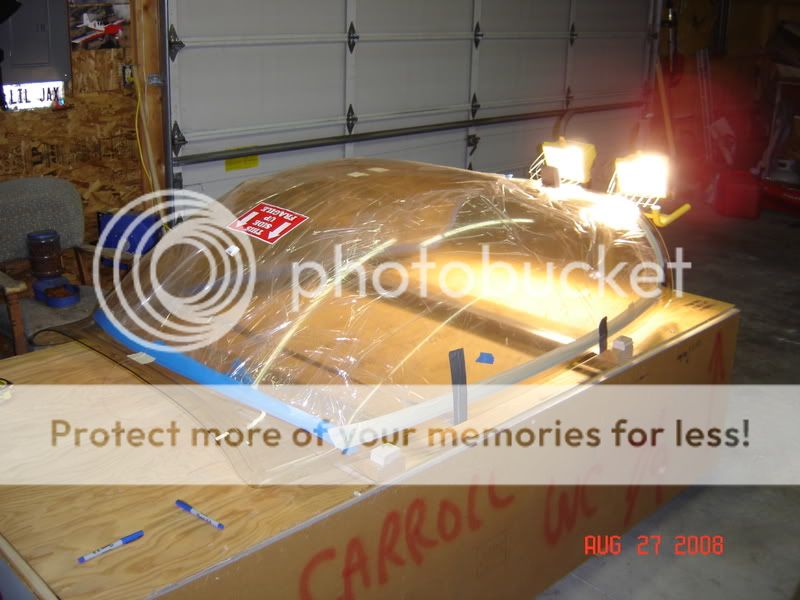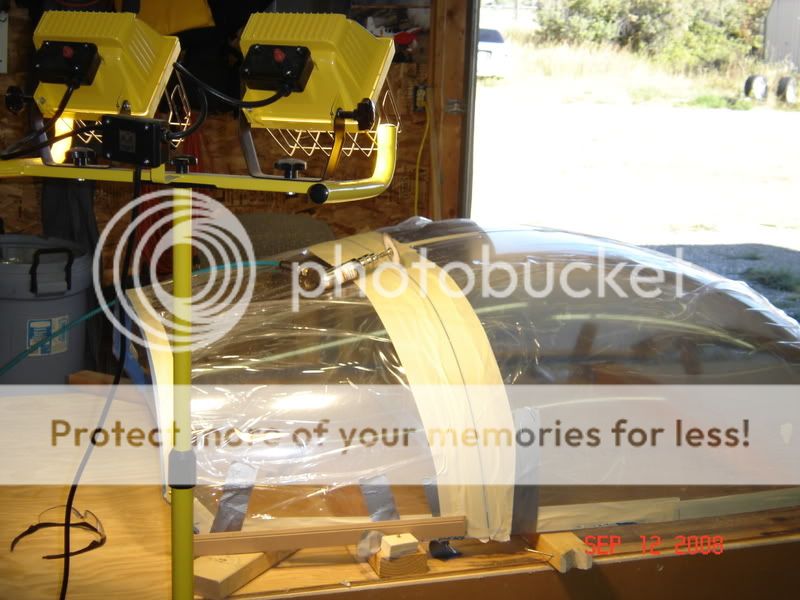yankee-flyer
Well Known Member
Reading other RV forums, it look like everyone is recommending 75-80 deg temps for cutting & drilling the canopy. Has anyone done any canopy work (sucessfully) at 60-65 deg-- the best I can do in the hangar right now. Looking ahead, I see lots of drilling but not much actual cutting. Am I missing something? It looks like it will be 3-4 months before I can get those kinds of temps. If the consensus is to wait for warmer weather, I'm thinking about hanging the engine, then doing the cowl/spinner work, and then the canopy/avionics.
I'd welcome input on that sequence if I can't go ahead with the canopy in a month.
Thanks
Wayne 120241
I'd welcome input on that sequence if I can't go ahead with the canopy in a month.
Thanks
Wayne 120241







